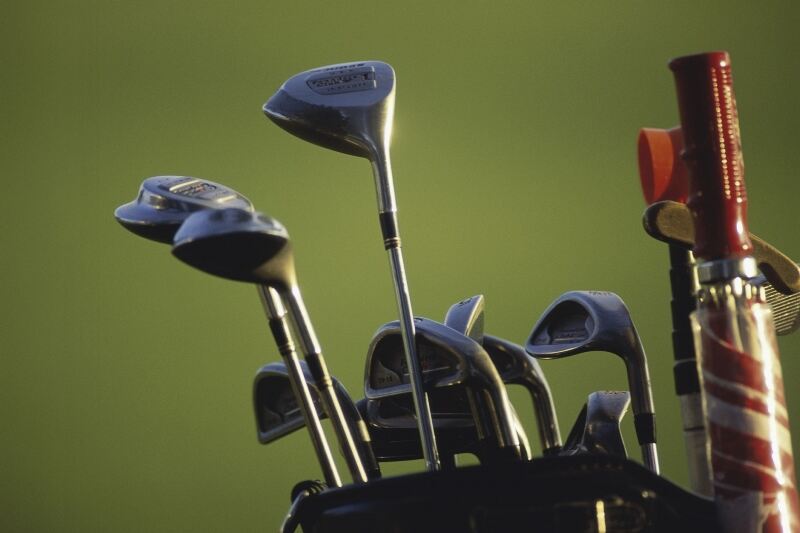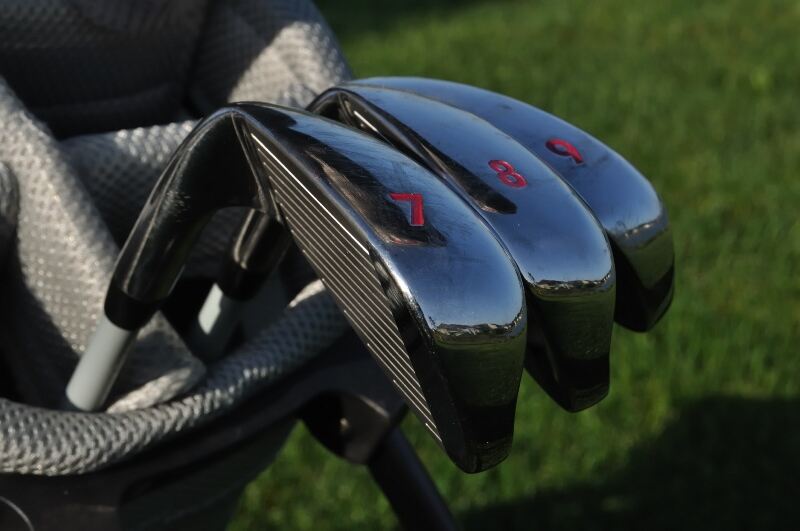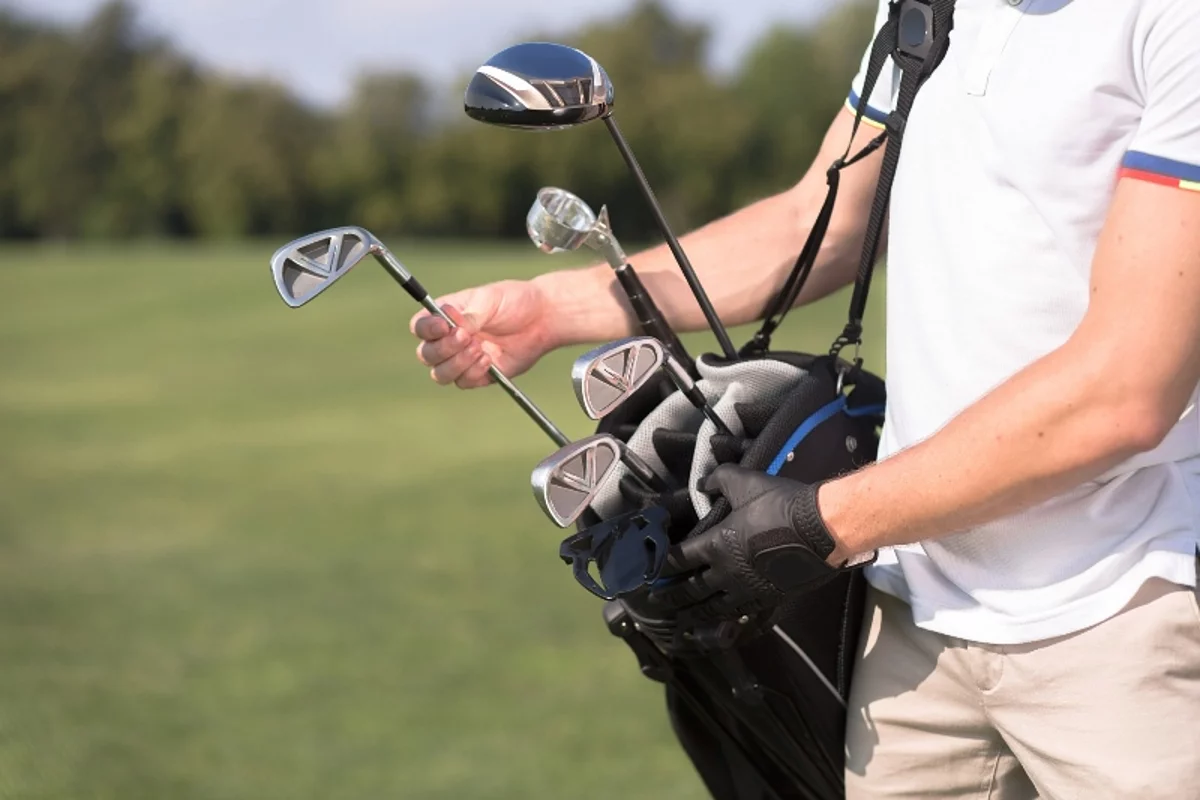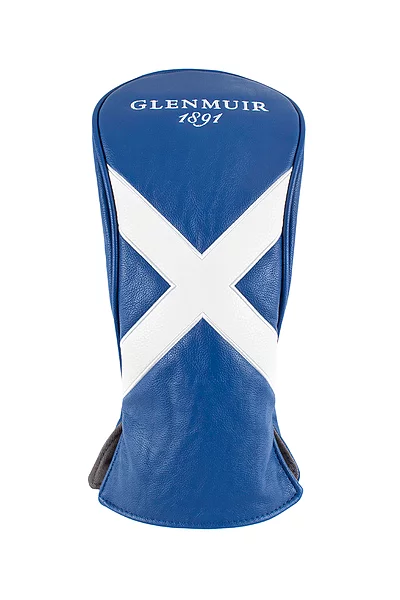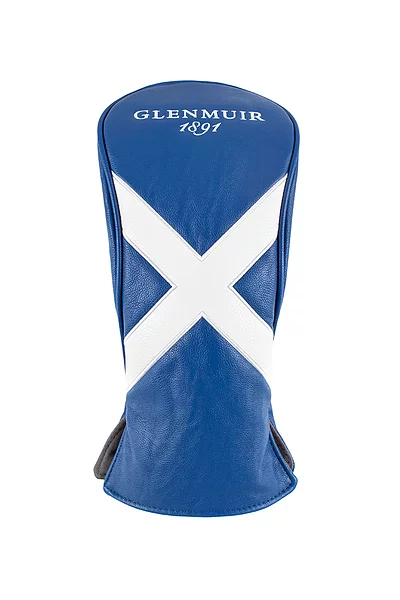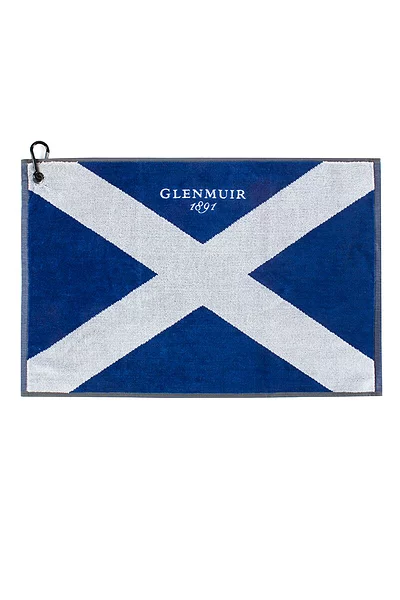|
Golf relies on equipment like few other sports, and knowing which club to pick for which shot is as much a part of the game as your swing. While everyone has their own preference, we’ve come up with a rough guide to help you make the right club selection at the right time.
The distances are based on amateur golfers (male and female).
Driver: 150 to 260 yards
This is the big boy. Most will use this to tee off with even on the shortest of holes. Though you might not want to use it for the infamous 7th at Pebble Beach, which is only 106 yards. The longest drive on record was a massive 515 yards by Mike Austin in 1974 at the US Senior National Open Qualifier.
3-wood: 125-235 yards
While you might be cutting off 30 yards from a driver, a 3-wood can give you a more accurate tee shot, which could be important on tricky or narrow holes.
5-wood: 105-210 yards
The 5-wood is often used on a follow-up to the tee shot. A 3-wood can be hard to use off the fairway, so probably opt against if you’ve got some distance left to run to the pin.
|
|
The ‘long irons’ - 2 to 4: 90-210 yards
The distance range for the 2-iron is the same as 5-wood - it gives you the longest length of all the irons, but many pros are starting to dump the so-called ‘long irons’ in favour of the 5-wood or hybrid. These are a combination of half iron, half wood, however, the 2-iron helps keep long shots low, which can be good in swirling wind conditions.
Like the 2-iron, the 3-iron is becoming less popular, with many opting to go from the 5-wood to the 4- or 5-iron. This is because it can take a lot of effort to get the ball to rise high, which is vital on some courses.
You start to get a bit more loft after the 3-iron, but sacrifice distance. Again, the 4-iron can be a good club to use when you’re trying to reach the green with a wind blowing down your neck.
The ‘mid irons’ - 5 to 9: 55-170 yards
Here the shafts of the club start to get shorter. This gives players more control over the club, providing more accurate shots, but you’re starting to cut that distance down considerably.
As the number gets higher, you’re also getting more loft - this can mean less slicing. The power needed to get a clean strike on a 5-iron can lead to some golfers mis-hitting the ball, so many opt for a higher iron.
The 6-iron is the club beginners are probably most familiar with as it’s one of the easiest to play with, balancing distance and loft perfectly for new starters.
The 7 and 8 irons are great for approach shots after a long drive on a par 3, or a good fairway shot on a par 4 or 5. This is because the loft produced means you’ll get little roll on the green.
The 9-iron provides similar distances to a pitching wedge, so it very much depends on the surface you’re playing from. Use the 9 on the smooth fairways and the PW on anything rough.
|
|
The wedges: 40-120 yards
The pitching and sand wedges are specialist clubs for specific situations.
Use the pitching wedge to loop the ball up and down with a bit of back spin to hold the ball in place on a slick green or one that falls off sharply. They can also be used when just off the green instead of a putter.
For the sand wedge, use only when playing from a bunker. You shouldn’t be trying to get too much distance when playing from these situations. The key is position after you’ve escaped though, on a good day, you can play a long bunker shot straight onto the green.
|
